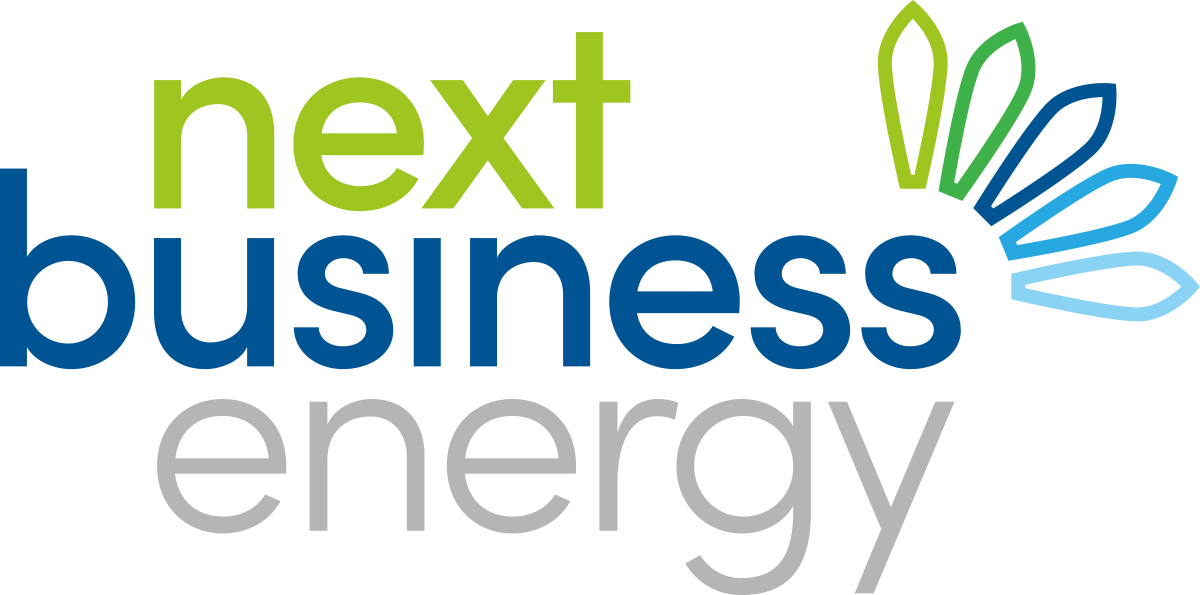For business owners in Australia, managing energy costs is a critical aspect of maintaining profitability. One often-overlooked component of an energy bill is the demand charge, which can significantly impact overall costs. Understanding what demand charges are and how they work can help business owners make informed decisions to manage and reduce these charges. Here’s a detailed look into electricity demand charges and how partnering with Next Business Energy can help you navigate this complex aspect of your energy bill.
What Are Electricity Demand Charges?
Electricity demand charges are fees applied by energy providers based on the highest level of electricity demand recorded over a billing period. Unlike consumption charges, which are based on the total amount of electricity used, demand charges reflect the peak power demand of a business at any given time. This peak demand is measured in kilowatts (kW) or kilovolt-amperes (kVA) and represents the maximum load on the electrical system.
Why Do Demand Charges Exist?
Electricity Network businesses charge electricity retailers for the use of their network to supply customers electricity. Demand charges are one of the charges that they use and is designed to charge for peak load periods. When many businesses simultaneously require high levels of electricity, it puts stress on the grid. To ensure reliability and prevent outages, energy providers invest in infrastructure capable of meeting these peak demands. Demand charges help offset these particular costs, ensuring that businesses contributing to peak loads pay their fair share.
How Are Demand Charges Calculated?
Demand charges are typically calculated based on the highest 15-minute or 30-minute average demand during a billing cycle. This peak demand period can occur at any time, but it is often set to apply during business hours when multiple electrical devices and systems are operating simultaneously. Different Distribution Networks use different demand approaches, or even a combination of approaches and demand charging periods. If you have a demand tariff, talk to your retailer about how your particular demand charge is calculated.
Impact of Demand Charges on Businesses
Financial Impact
Demand charges can make up a significant portion of a business’s energy bill, sometimes accounting for up to 50% or more of the total cost. This can be particularly challenging for businesses with fluctuating energy needs or those that experience occasional high-demand periods. Understanding and managing these charges is crucial for controlling overall energy costs.
Operational Impact
High demand charges can affect how businesses operate. For instance, businesses should consider staggering the use of high-energy equipment to avoid simultaneous peak demand periods, and staggering the start up of heavy machinery during the day, to reduce simultaneous demand peaks that may be created. This requires careful planning and may impact productivity and operations. However, effective demand management can lead to substantial cost savings and operational efficiencies.
Strategies to Manage Demand Charges
Conduct an Energy Audit
An energy audit is the first step in identifying opportunities to reduce demand charges. This audit assesses how and when your business uses electricity, pinpointing peak demand periods and identifying inefficiencies. Next Business Energy offers free electricity bill audits to help businesses understand their energy usage patterns and develop strategies to reduce peak demand.
Implement Load Shifting
Load shifting involves rescheduling energy-intensive processes to off-peak times when demand is lower. For example, running industrial machinery or charging electric vehicles during night hours can help avoid peak demand periods. Load shifting can significantly reduce demand charges and lower overall energy costs.
Invest in Energy-Efficient Equipment
Upgrading to energy-efficient equipment can help reduce overall energy consumption and peak demand. Modern, energy-efficient appliances and machinery use less power and can help spread the load more evenly throughout the day. Next Business Energy’s professional team can provide advice on energy-efficient upgrades and help you assess potential savings.
Partnering with Next Business Energy
Understanding and managing demand charges can be complex, but you don’t have to do it alone. Next Business Energy specialises in helping businesses navigate the intricacies of energy management. With a focus on providing unparalleled personal service and competitive pricing, Next Business Energy can help you identify and implement strategies to manage and reduce demand charges effectively.
Next Business Energy’s comprehensive energy audits, tailored energy plans, and expert advice ensure that you are not only aware of your energy usage patterns but also equipped with the tools and strategies to optimise them. Whether it’s through upgrading to energy-efficient equipment, implementing load shifting techniques, or participating in demand response programs, Next Business Energy is committed to helping your business achieve significant cost savings and operational efficiencies.
Take Control of Your Energy Costs
Demand charges are a significant component of energy bills for businesses, but with the right knowledge and strategies, they can be managed and reduced. By understanding how demand charges work and implementing effective demand management practices, businesses can lower their energy costs and improve profitability.
Partnering with Next Business Energy provides the expertise and support needed to navigate this complex area of energy management. Embrace energy efficiency, optimise your energy usage, and take control of your energy costs with Next Business Energy by your side.

